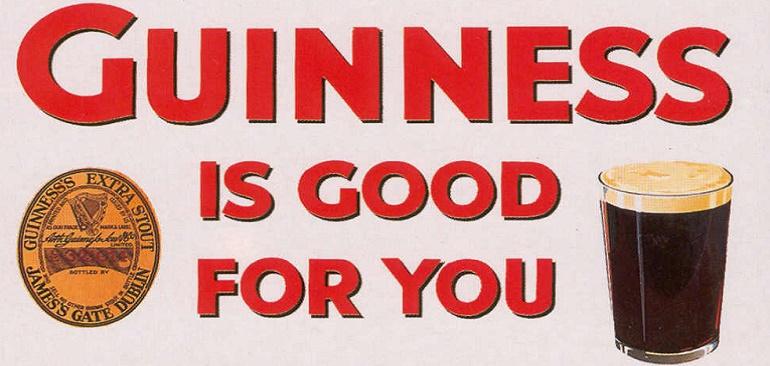Start 14-Day Trial Subscription
*No credit card required

Diageo to List Nutrition Facts on Labels
Diageo has announced a commitment to provide nutrition facts on the labels of its entire line of products, including beer, wine and spirits. Until recently, the U.S. Treasury’s Alcohol Tax and Trade Bureau did not allow alcoholic beverage labels to display nutritional information.
The labels will be based off of U.S. Dietary Guidelines, which define a drink as being 0.6 fluid ounces of alcohol. Diageo’s flagship beer, Guinness, contains 124 calories, 1.1 grams protein, 10.6 grams carbohydrate and 0 grams fat. The full press release is included below:
NORWALK, Conn., March 20, 2015 /PRNewswire/ -- Yesterday Diageo announced its global commitment to provide macronutritional information for its products on its DRINKIQ website and on its labels where possible. This announcement is the culmination of over a decade of leadership by Diageo on the alcohol facts labeling issue.
Twelve years ago, Diageo led the industry in the US when it stood with a coalition of consumer and public health advocates to publicly ask US regulators to allow Serving Fact information on beverage alcohol products. In 2013 the US Treasury's Alcohol Tax and Trade Bureau (TTB) approved that request finally allowing labels that include serving size, number of servings per container, alcohol content, number of calories and grams of carbohydrates, protein and fat per serving. Since that time, the TTB has approved a label that specifically references the US Dietary Guidelines, which defines a drink as being 0.6 fluid ounces of alcohol.
"The consumer is at the heart of everything we do, and making serving facts information available to people in an easy to understand format is what, according to our research and polling, today's consumers want," said Peter McDonough, President of Marketing and Innovation for Diageo North America. "As a company that prides itself in promoting responsible consumption, we believe this information will help consumers make informed and responsible decisions about drinking."
Many people don't realize that before the recent ruling by the TTB, it was actually not allowed in the US for an alcohol manufacturer to list these basic serving facts about alcohol products on most of the packaging.
"This is the culmination of years of hard work by Diageo, as well as the more than 70 consumer and public health groups that stood with us in support of labeling in 2003," said Guy Smith, Executive Vice President, Diageo North America. "It is important to note that including this information is voluntary, so producers have the option to include this information, or not. We specifically commend the National Consumers League and the Center for Science in the Public Interest who supported this important initiative from the beginning. And we are grateful to the TTB who are now allowing the industry to give consumers the information they have been asking for."
Since 2006, Diageo has provided serving facts information about its brands on its DRINKIQ (www.DRINKiQ.com) website and plans to make changes to its labels in coming months as brands change or update their labels.
At present some regulators, including in the EU, do not require nutrition labels for alcohol, but if they are included on a voluntary basis, they must follow food labeling standards and list information on a 100ml or 100 gram basis.
However, the 100ml basis does not reflect the reality of the way drinkers consume alcohol, which varies significantly by type of alcohol. For example, in Europe, a typical serving of distilled spirits is 30ml, while beer is typically consumed in cans or bottles containing 330ml, and a typical serving of wine is 150ml. So 100 ml is 1/3 of a typical serve of beer, 2/3 a typical serve of wine and 3 times a typical serve of spirits.
Using the 100ml standard therefore is misleading and does not help consumers make responsible drinking decisions. It would erroneously and potentially dangerously lead consumers to believe, for example, that a typical serving of beer or wine has less alcohol and calories than a typical serving of distilled spirits.



